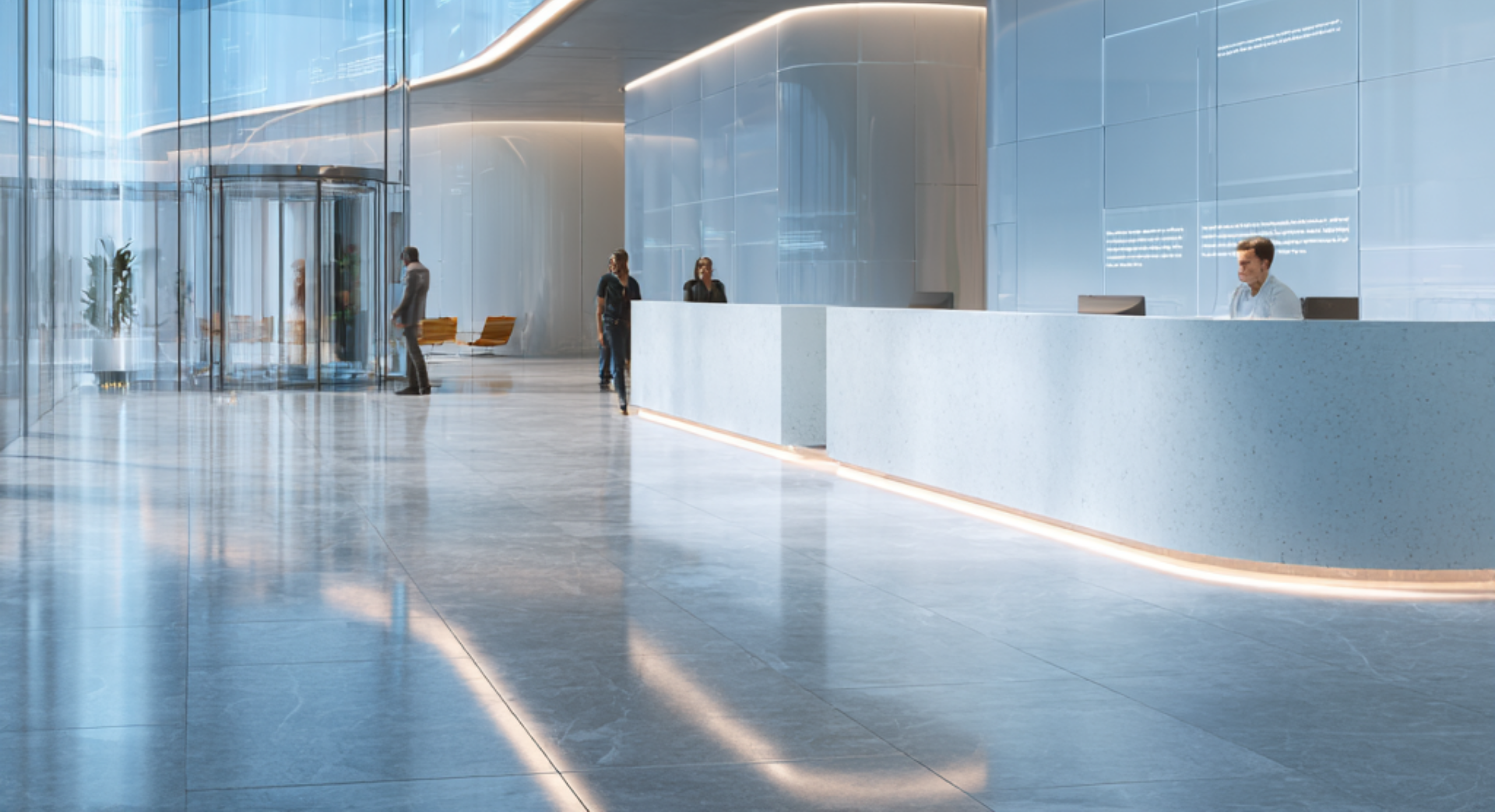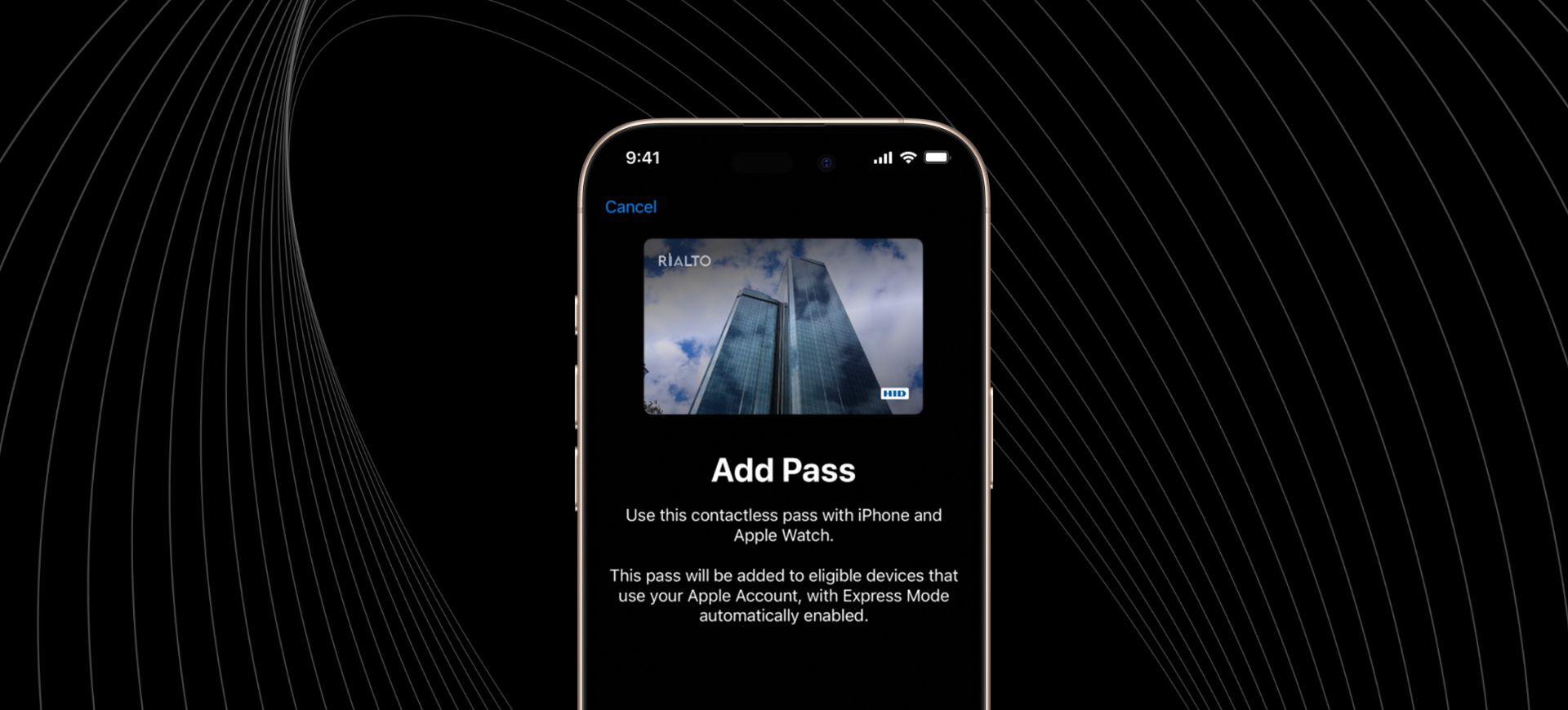10 must-have mobile apps for Melbourne
As a mobile app development company in Melbourne, we like to know what’s out there to make navigating life in our beautiful city easy. We’ve pulled together a list of our 10 must-have mobile apps for to help you make the most of Melbourne.
1. Public Transport Victoria
The
PTV app has all you need to know about getting around in Melbourne. It includes a journey planner, interactive map, and the next five services from any transport stop. You can also manage your myki (smart travel card) from the app — register your card so if you lose it, you won’t lose funds. You can also top it up in a couple of taps from the app.
2. Lime
Hire an e-bike or e-scooter with the Lime app. It’s one of the quickest — and greenest — ways to get around Melbourne. The app is simple to use and allows you to locate the nearest vehicle for hire. To finish your journey, park it safely, take a picture, and upload it to the app. It’s super simple and hassle-free.
3. 13cabs
Never be stranded on a night out again with the
13cabs app. This essential app detects your location to help you find a nearby cab. It also offers a price guarantee and real-time tracking, as well as the chance to book your favourite driver.
4. tramTRACKER
Getting around Melbourne by tram is quick and efficient — and even more so with the
tramTRACKER app. It gives you predicted arrival times, as well as info on disruption and the city’s tram network, making getting around a breeze.
5. Melbourne Airport
Whether you’re catching a flight yourself or meeting a loved one, be sure to download the
Melbourne Airport app. You’ll find all the essentials like flight, terminal, and gate details, as well as info on food and shopping at the airport to help ease your journey.
6. Time Out
The
Time Out Melbourne app brings together the city’s best attractions in one app. Find info on restaurants, bars, theatres, gigs, and more. You can plan your night out, book tickets, and explore editors’ picks too — who knows where you might end up?
7. Beachsafe
Plan your beach day with the
Beachsafe app. Use it to find the nearest patrolled or unpatrolled beaches or to check out the weather forecast and surf conditions. You can also access safety tips to make sure your day out is memorable for all the right reasons.
8. Quandoo
This one’s for foodies — the
Quandoo app helps you search by type of cuisine or find a restaurant or café near you. You can make a booking and check out photos, reviews, and menus on the app too.
9. Melbourne Map and Walks
Discover new areas of Melbourne by foot with the
Melbourne Map and Walks app. You can choose between self-guided or guided walks with route maps and details of attractions you’ll see on the way. This app doesn’t require internet access, making it super easy to use, wherever you are.
10. Brane
Brane is an ingenious app that helps you make connections with like-minded people in your locality. Build a profile and AI will connect you with people who share your interests — or you can search for new friends and communities yourself. While Brane has gone global, it originated in Melbourne when founder Patrick McLaughlin moved to the city and wanted to find a way to make meaningful connections with others in his area.
Need a hand with mobile app development in Melbourne?
Have you got a creative idea for a mobile app for Melbourne? Come and talk to us about it. We love nothing better than helping our clients create digital products that really make a difference to users’ lives.
We’re a digital consultancy based in the heart of the city, with a strong focus on user experience. With the expertise to bring your app, website, or other digital product to life, we’re your go-to mobile app development company in Melbourne.
Give us a call today.
Need help getting started?
Keep reading




